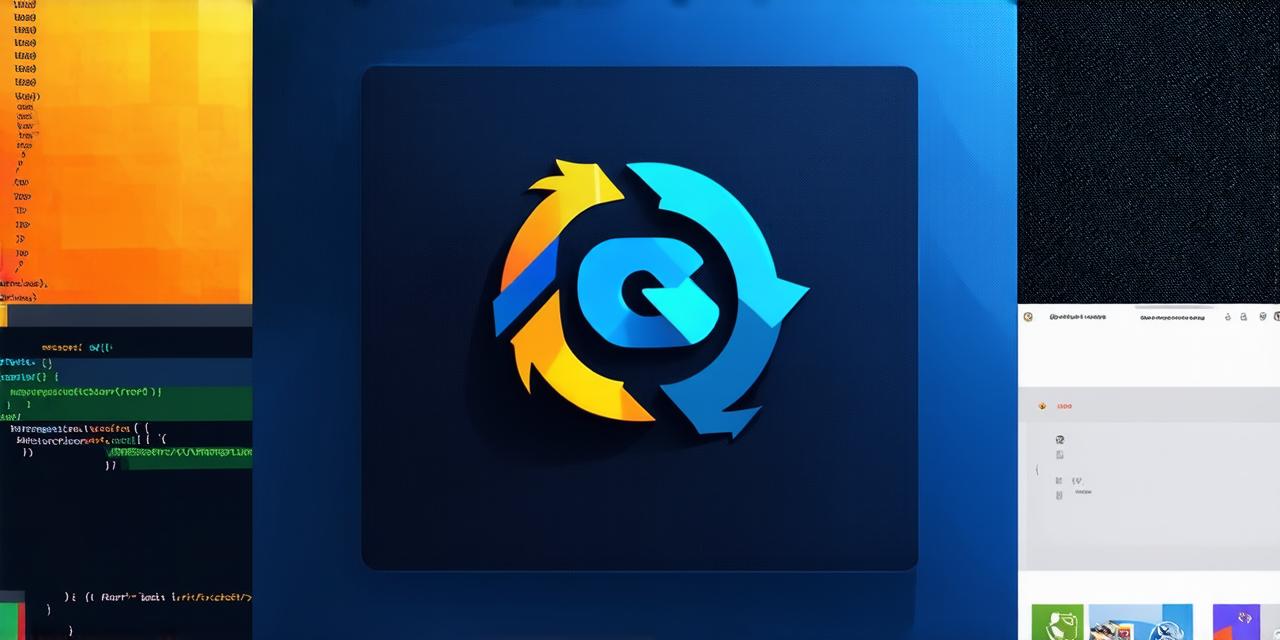In today’s fast-paced world of software development, version control is an essential tool for every developer. One of the most popular version control systems out there is Git, which allows developers to track changes and collaborate on projects easily. In this article, we will explore how to integrate GitHub with Android Studio, making it easier for you to manage your codebase and collaborate with your team.
What is GitHub?
GitHub is a web-based platform that provides hosting for Git repositories, making it easy for developers to store, share, and collaborate on their code. It also offers various features such as issue tracking, project management, and continuous integration, among others. By integrating GitHub with Android Studio, you can leverage these features to streamline your development workflow and improve collaboration with your team.
Benefits of Integrating GitHub with Android Studio
There are several benefits to integrating GitHub with Android Studio, including:
Improved Collaboration
GitHub allows multiple developers to work on the same codebase simultaneously, making it easier for you and your team to collaborate on projects. With Android Studio integrated with GitHub, you can easily see changes made by other team members in real-time and resolve conflicts quickly.
Version Control
GitHub provides version control, allowing you to track changes to your codebase over time. This is essential for managing complex projects where multiple developers are working on different parts of the codebase. With GitHub integrated with Android Studio, you can easily revert changes if needed and keep a history of all changes made to your codebase.
Project Management
GitHub provides project management tools such as issues and pull requests, making it easier for you to track bugs, feature requests, and other tasks related to your project. With Android Studio integrated with GitHub, you can easily see these tasks within Android Studio, making it easier to manage them alongside your codebase.
Continuous Integration
GitHub provides continuous integration tools such as Travis CI and CircleCI, allowing you to automate the build, test, and deployment process for your project. With Android Studio integrated with GitHub, you can easily set up continuous integration and deploy your changes automatically, reducing the risk of human error and improving your development workflow.
Steps to Integrate GitHub with Android Studio
- Create a GitHub Account
- Add the Android Studio Git Plugin
- Configure GitHub with Android Studio
- Commit and Push Changes to GitHub
- Set Up Continuous Integration with Travis CI
Case Study: Integrating GitHub with Android Studio for Collaborative Development
Let’s take a look at a case study to see how integrating GitHub with Android Studio can improve collaboration and development workflow for a team of developers working on a complex project.
Background
John is the lead developer of a mobile app development company that specializes in developing games for Android. The company has a team of five developers who work on different parts of the codebase simultaneously. However, managing the codebase and collaborating with the team was becoming difficult due to the lack of version control and project management tools.
Solution
John decided to integrate GitHub with Android Studio to improve collaboration and development workflow for his team. He followed the steps outlined in this article to configure GitHub with his Android Studio project and set up continuous integration with Travis CI.
With GitHub integrated with Android Studio, John’s team was able to collaborate on the codebase more efficiently. They could easily see changes made by other developers in real-time and resolve conflicts quickly. The version control feature allowed them to track changes to their codebase over time and manage complex projects more effectively.

The project management tools provided by GitHub, such as issues and pull requests, allowed John’s team to track bugs, feature requests, and other tasks related to their project. This made it easier for them to manage their workload and ensure that all tasks were completed on time.
Finally, the continuous integration feature provided by Travis CI automated the build, test, and deployment process for their codebase. This reduced the risk of human error and improved their development workflow, allowing them to focus on writing code rather than managing the build and testing process.
Conclusion
Integrating GitHub with Android Studio can greatly improve collaboration and development workflow for a team of developers working on a complex project. By following the steps outlined in this article, you too can take advantage of version control, project management tools, and continuous integration to streamline your development process and improve the quality of your codebase.
